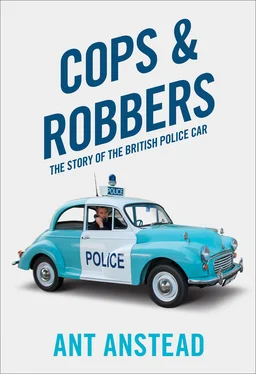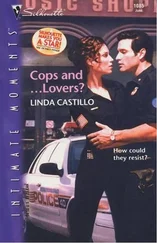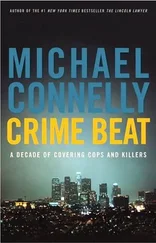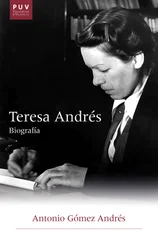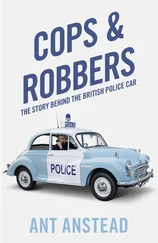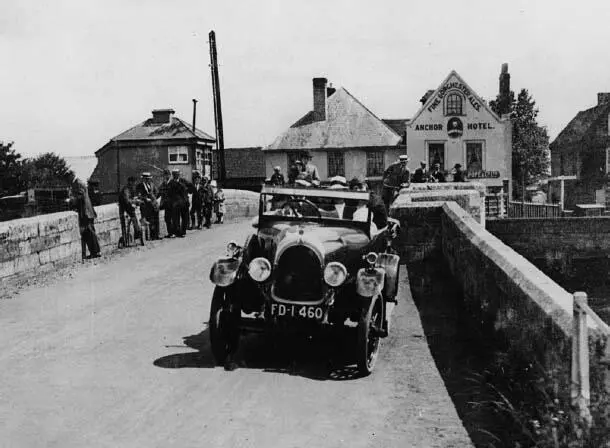
The car that the Met adopted for this role was the Bean 11.9hp, which had won out after extensive tests of over 10,000 miles, and chosen because it was the most suitable and affordable. The Met ordered at least four of these cars, probably the largest single order for police cars made in the UK at that time. The force remained loyal to Bean throughout the early 1920s and had at least three other larger examples, plus two or three vans. This was absolutely the beginning of mass motor-car use by the police, and statistically this matches the wider population’s adoption of the car. In 1919 there were 109,705 private cars in the UK, and by 1924 this was 482,356. By 1930 it was 1,075,081 and by 1939 it had just been pushed to over two million. However, the war surplus commercials that were being sold off by the government at least doubled the early 1920s’ figure, although reliable statistics are harder to find on that.
Bean 11.9hp: the UK’s first Traffic car
The Bean 11.9hp was an adaptation of an Edwardian pre-war car (it seems even then that the police purchasers were conservative of mind and favoured tried-and-tested technology) called the Perry, which had been designed by Tom Conroy from Willys-Overland and launched in 1914. It’s believed that around 300 were made before World War I broke out, which curtailed production at Perry’s small facility in Birmingham. The design was purchased by Bean Cars from Dudley, just outside Birmingham, in 1919, apparently for around £15,000, which was quite a sum in 1919. They got a separate chassis of unusual s trength for the period, in which was mounted an inline 4-cylinder side-valve engine of 1796cc, mated to a 3-speed gearbox. It cost around £400, nearly twice the price of a Ford Model T. However, Ford were not considered British, despite building 46,362 Model Ts at their plant at Trafford Park, Manchester, in 1920 alone.
The Bean cars’ story is a fascinating tale of ‘what might have been’, and it should have succeeded. The tale begins in 1822, when the splendidly named Absolom Harper founded the iron foundry A. Harper & Sons, Dudley. George Bean married Absolom’s granddaughter in ١٩٠١, became the company’s principal shareholder and expanded the company. They entered the car market in 1919 with a new factory built on what was then a large-scale production model by a company with a reputation for being good engineers. They had, correctly, identified that the motor industry was a good way to make money and was about to boom, so they recruited a sales manager from Austin, Mr B.G. Banks. They planned 2,000 cars for 1919 (which was a lot then for a British manufacturer starting out), 10,000 by 1921, and expansion thereafter, and they had good financial and technical backing and a link with large sales group BMTC. The Harper Bean group was capitalised at an enormous, for the era, £6 million and equipped its former munitions shops in Tipton for assembly and its former shell building shop at Dudley for bodywork. They had moving track assembly lines and in July 1920 produced 505 cars. However, financial chaos ensued and the car soon became outdated in comparison to Morris’s offerings, although Bean did produce new and larger models. They were rescued from bankruptcy in 1926 by Hadfields of Sheffield and eventually ceased making cars in 1929, their dream of being Britain’s biggest car maker shattered by Morris, Austin and Ford of America, although the firm lived on as a component supplier. Bean did build one last car in 1936, the enormous ‘Thunderbolt’, which was powered by two Rolls-Royce V12, 36.5-litre engines, each delivering 2,350bhp, and weighing 7 tons. Captain George Eyston used it to break the land speed record three times; his final record of 357.5mph was set in September 1938.
Like most of the Midland’s motor industry, Bean eventually became part of British Leyland and began to cast engine blocks, axle cases, etc. In 1988 Beans Engineering became freshly privatised and bought Reliant … which went bust in 1995, taking Beans with them. The Tipton factory was purchased by the German engineering group Eisenwerk Brühl, who invested heavily and at their height made 40,000 tons of cylinder blocks yearly. However, the business suffered from financial problems because the German group had not managed to recoup the investment and left the company in debt. For a second time, the management team purchased the business, which then became Ferrotech. By then one of the most modern and efficient foundries in Europe, the new business became a large supplier of castings to MG Rover, but when they went into administration in 2005, Ferrotech failed to find replacement work and the factory closed its doors for the last time in August 2005. Thus ended the story of heavy industry on this site.
The police both in and out of London benefited from those ex-war office commercials, too. In 1919, the Metropolitan Police was split up into four detective areas and each division was allocated two ex-Royal Flying Corps Crossley Tenders, a design that would now be called a pick-up. These are again significant because they were the first vehicles allocated to do real detection and arrest work, rather than just being used to transport people or equipment between different police facilities, although in my head Crossley Tender will always be the ‘Lesney Model of Yesteryear’ that I was fascinated by as a kid and is a model vehicle that I still own now.
Crossley Tender – the first proper police cars were pick-up trucks!
Crossley of Manchester are actually one of the oldest names in the British motor industry and were the first company to make a four-stroke internal combustion engine in the UK. Amazingly, they were making units under licence from Otto and Langen of Deutz in the early 1860s, some years before the ‘car’ was invented.
Crossley came to car manufacture in a slightly circuitous way. Having become well known for the quality of their engines and other engineering products, early pioneer car dealers Charles Jarrott and William Letts asked them to make a high-quality British car to address a perceived gap in the market. Ironically, the first Crossley, which was announced in 1904, actually used mainly Belgian and French components which Crossley assembled. It was well received, however, and the firm expanded their car-making while Jarrott publicised the marque by making a record-breaking drive from London to Monte Carlo in 37.5 hours, a record that was broken by C.S. Rolls only a month later using one of his own 20hp Rolls-Royce Tourist Trophy models. Wonderfully, Jarrott complained that Rolls had done this by breaking speed limits that he had obeyed!
The legendary 20hp series was launched in 1908 and remained in production until 1925, albeit gradually modified, rather in the way that Porsche evolved the design of the air-cooled 911, becoming the 20/25 in 1912 and the 25/30 in early 1919. Designed by A.W. Reeves, it was launched as a fully equipped short-chassis touring car for £495 (in an era when coachbuilding was still common on larger cars especially) and featured a side-valve 4-cylinder engine of 4531cc and a 4-speed gearbox.
The War Office purchased a batch of six 20hp Tourers and were impressed enough to think about ordering more with differing body styles. By the time World War I broke out, the nascent RFC had around 60 (figures vary slightly), and by the time the war finished, 6000! Any childhood fans of Biggles’ Great War adventures will recognise this. In all, well over 10,000 Crossleys of all types were used by the military in World War I as staff cars, ambulances, RFC Tenders and vans. Most of these were sold off cheaply when hostilities ceased and, having contributed greatly to the war effort, then contributed to the commercial motorisation of Britain as traders abandoned horses for ex-War Office Crossleys of one sort or another. This of course meant that the examples used by the Met blended in, in a similar way to how a Ford Transit would today. So successful and highly regarded was the basic design that Crossley bought back a few, especially staff cars, and refurbished them to 25/30 specification. They continued this operation until 1925, alongside production of new examples which finished in the same year.
Читать дальше
